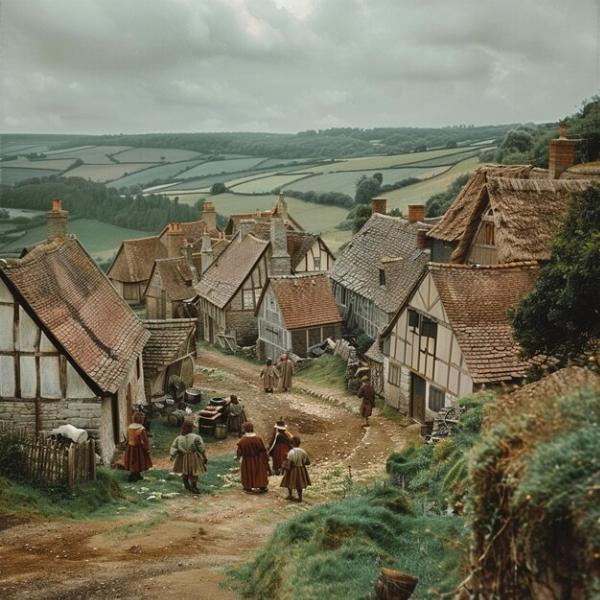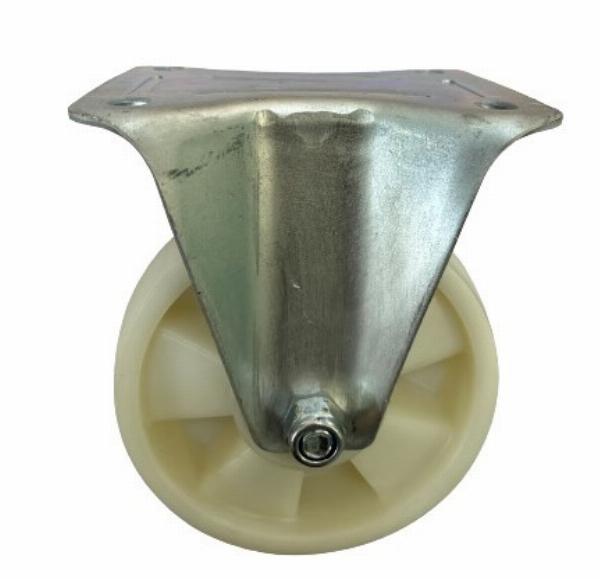Best Places to See Scottish Architecture

Strong 8k brings an ultra-HD IPTV experience to your living room and your pocket.
Best Places to See Scottish Architecture: A Journey Through Scotland’s Architectural Heritage
Scotland is a treasure trove of architectural marvels, offering a rich tapestry of styles and periods that reflect its diverse history and cultural evolution. From medieval castles to modern masterpieces, the country’s architecture is as varied as its stunning landscapes. For enthusiasts and curious travellers alike, exploring Scotland’s architectural heritage provides an engaging way to connect with its past and present. In this article, we’ll guide you through some of the best places to see Scottish architecture, highlighting their pros and cons to help you plan your architectural journey.
1. Edinburgh
Overview
Scotland's capital, Edinburgh, is renowned for its stunning architecture, which spans medieval, Georgian, and contemporary styles. The city is a UNESCO World Heritage Site, making it a must-visit for anyone interested in architectural history.
Pros
Historic Districts: Edinburgh's Old Town and New Town showcase a variety of architectural styles, from medieval tenements to elegant Georgian buildings.
Iconic Structures: Highlights include Edinburgh Castle, St Giles’ Cathedral, and the Royal Mile, each offering a glimpse into different historical periods.
Architectural Tours: The city offers numerous guided tours and informative plaques, making it easy to explore and understand its architectural heritage.
Cons
Crowds: Edinburgh is a popular tourist destination, which can mean crowded sites, especially during peak seasons.
Weather: The weather can be unpredictable, which might affect outdoor explorations of the city's architecture.
Costs: Entry fees to some historical buildings and guided tours can add up.
2. Glasgow
Overview
Glasgow, Scotland’s largest city, is celebrated for its vibrant architectural scene, blending historic buildings with contemporary designs. The city is known for its contributions to the Arts and Crafts movement and boasts a rich array of architectural styles.
Pros
Architectural Diversity: Glasgow features an eclectic mix of architectural styles, including the iconic works of Charles Rennie Mackintosh, such as The Glasgow School of Art and the Willow Tea Rooms.
Modern Marvels: The city also showcases modern architecture, including the Glasgow Science Centre and the SSE Hydro.
Accessibility: For visitors arriving at Glasgow Airport, Glasgow Airport transfers provide a convenient way to reach the city centre and its architectural attractions.
Cons
Weather: Like Edinburgh, Glasgow's weather can be rainy and changeable, which might impact sightseeing plans.
Urban Complexity: The city’s layout can be complex, requiring good navigation skills to fully explore its architectural highlights.
Traffic: Glasgow is a bustling city, and traffic congestion might affect travel times between different architectural sites.
3. Stirling
Overview
Stirling is a city with a rich historical and architectural heritage. It is home to several significant buildings that reflect Scotland’s medieval and Renaissance periods.
Pros
Stirling Castle: One of Scotland’s most historically important castles, offering a deep dive into medieval architecture and royal history.
The Church of the Holy Rude: A well-preserved example of a medieval church where James VI was crowned.
Historic Environment: Stirling’s compact size makes it easy to explore its architectural sites on foot.
Cons
Limited Modern Architecture: Stirling's focus is primarily on historical architecture, so modern architectural enthusiasts may find fewer examples.
Crowds at Major Sites: Stirling Castle can be quite busy during peak tourist seasons.
Weather: As with other Scottish cities, the weather can be unpredictable.
4. Aberdeen
Overview
Aberdeen, known as the "Granite City," features a distinctive architectural style due to its use of local grey granite. The city’s architecture is a mix of historic and modern buildings, reflecting its maritime history and growth.
Pros
Granite Architecture: The use of granite gives Aberdeen’s buildings a unique and cohesive appearance. Key examples include the Aberdeen Art Gallery and Marischal College.
Historic and Modern Blend: Aberdeen offers a mix of historical and contemporary buildings, showcasing its evolution over time.
Seaside Charm: The city’s coastal location adds to its appeal, with picturesque views and maritime influences in its architecture.
Cons
Less Tourist Traffic: Aberdeen is less frequented by tourists compared to Edinburgh and Glasgow, which may limit the availability of guided tours.
Weather: Coastal weather can be windy and rainy, affecting outdoor exploration.
Accessibility: Some of the city's architectural highlights are spread out, which may require additional travel within the city.
5. Perth
Overview
Perth, often referred to as the “Gateway to the Highlands,” boasts a range of architectural gems from various periods. The city’s buildings reflect its historical importance and its evolution over time.
Pros
Historic Buildings: Perth features several notable buildings such as the Perth Museum and Art Gallery and Scone Palace, a historically significant site.
Compact City: Perth’s small size makes it easy to explore its architectural landmarks on foot.
Historical Context: The city’s architecture is closely tied to its historical role as a key Scottish location.
Cons
Limited Variety: Perth’s architectural highlights are more historical and less diverse in style compared to larger cities.
Smaller Scale: As a smaller city, Perth has fewer architectural landmarks than major cities like Edinburgh and Glasgow.
Weather: The weather can be variable, impacting outdoor sightseeing.
Tips for Exploring Scottish Architecture
Best Time to Visit
The best time to visit Scotland for architectural exploration is during the spring and summer months (April to September). The weather is generally milder, and the longer daylight hours allow more time for sightseeing.
Planning Your Trip
When planning your architectural tour, consider starting in major cities like Edinburgh and Glasgow, which offer a wealth of architectural sites. For those arriving at Glasgow Airport, Glasgow Airport Taxi can provide a seamless way to reach your accommodation and start your architectural journey.
Guided Tours and Resources
Many cities offer guided tours that focus on architectural history and significant landmarks. Look for local tours and resources that provide in-depth information about the buildings you visit.
Accessibility and Travel
Scotland’s cities and towns vary in accessibility, so plan your travel routes accordingly. Public transportation is available in major cities, but some areas may require walking or additional transport to fully explore.
Conclusion
Scotland’s architectural heritage is a captivating journey through time, showcasing everything from medieval castles to contemporary designs. By exploring cities like Edinburgh, Glasgow, Stirling, Aberdeen, and Perth, you can experience the rich tapestry of Scottish architecture. Understanding the pros and cons of each location will help you tailor your visit to your interests and preferences.
For those arriving at Glasgow Airport, efficient Glasgow airport transfers can streamline your travel to Scotland’s architectural gems, ensuring you make the most of your exploration. With careful planning and an appreciation for Scotland’s architectural diversity, you’ll uncover a fascinating blend of historical and modern marvels that reflect the country’s unique cultural and historical heritage.
Note: IndiBlogHub features both user-submitted and editorial content. We do not verify third-party contributions. Read our Disclaimer and Privacy Policyfor details.







